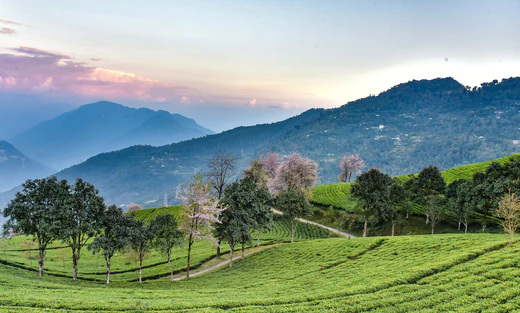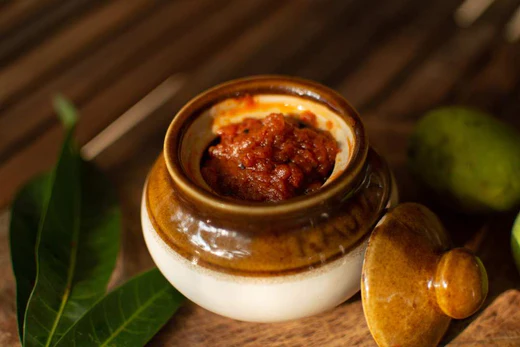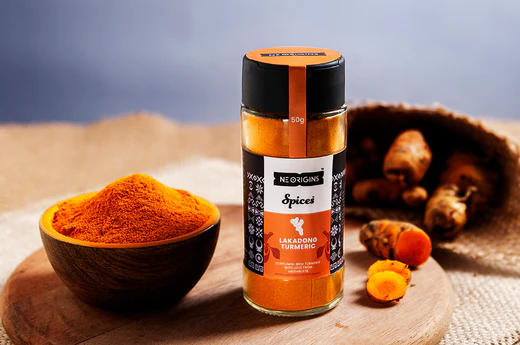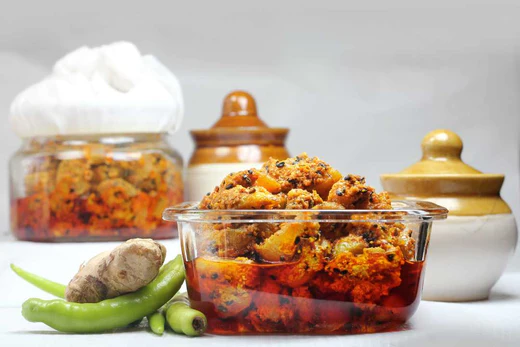The history of the only Organic Tea estate in the world goes far back in the year 1969. After the Chinese invaded the Tibetan lands, the refugees were looking towards India to seek refuge and pressing for a sanctuary. Back then, Sikkim as we know it was an independent nation. The ruler of the nation was the very last Chogyal of those times. Chogyal Palden Thondup Namgyal, took the refugees in and allotted to them a Dhura (village which was formerly a Sherpa village called Ravangla.

This land was earlier allotted to some Scottish missionaries for some kind of social work. The land was later returned to the government in the year 1954. After the land was allocated to the refugees they set up a Tea estate to work on and live in dignity. The estate is perched at an altitude of 5500-7000 mts above sea level and has served as a sanctuary to a huge number of Tibetan refugees hereafter. Later, the Tea estate was named Temi, and soon, the entire expanse of the very region was then known by the name of the Tae estate.
Now, Sikkim is a state within the Indian nation and ever since, the tea estate is like honey to the bees (tourist).
The organic teas of the state have claimed international and national fame for its attributes. The tea estate itself is the sole Tea estate in the entire state to be run by the Government of Sikkim.

The tea estate has strictly followed and undertaken the guidelines that were issued by the Institute of Marketology of Switzerland, in the year of 2005; and produced completely organic teas ever since. Their undertaking was completed in the year 2017. Temi Tea is also recognized and certified by the HACCAP as per the ISO 22000 standard of Food Safety.
Ever since the produce of the Temi tea estate has participated in International Tea championships and has been awarded as winners of a few of these championships. One of the winners is the Black tea from the Temi Tea estate.
One of the most distinct array of teas that Temi is known to produce, is the Black Tea. The manufacturing of teas started at a mass level in the year 1977. Apart from the colonial era varieties of teas that are still grown amidst the Temi Tea Estate, the estate grows plants from the Chinary seeds that help in growing the tea leaves for blending in the flavoured variety of Teas. Now, a large expanse of 500 acres along the mountainside is completely utilised for tea plantation.
 The estate is a scenic attraction throughout the year. Numerous shades of the seasons fall on the backdrop as though playing in colours with the tea plants. The region has a mighty view of the mount Kanchenjunga which seems so close to the hills, you could almost reach out your hand to grasp the towering peak. At different points of a day, the region is covered in different extents of the sunlight that makes it even more aesthetic to look at. A simple stroll through the tea garden elevates worries and makes you feel the sublime that nature makes you feel every now and then.
The estate is a scenic attraction throughout the year. Numerous shades of the seasons fall on the backdrop as though playing in colours with the tea plants. The region has a mighty view of the mount Kanchenjunga which seems so close to the hills, you could almost reach out your hand to grasp the towering peak. At different points of a day, the region is covered in different extents of the sunlight that makes it even more aesthetic to look at. A simple stroll through the tea garden elevates worries and makes you feel the sublime that nature makes you feel every now and then.
However, the winters are hands down the best time to visit the estate. The visitors packed in the region. They want to catch the best views of the bright green tea estate laced with blossoming cherry blossoms making the landscape a myriad of soothing colours in the chill breeze of the hills. It is in this very season that the mount Kanchenjunga displays its full glory without clouds to obstruct the scene. The orchestra of Temi plays with the instruments of the clear blue skies, swaying cherry blossom trees, cherry blossoms falling to the ground making it a grand invitation and the fusion of the scent of pine trees and Tea leaves. To enjoy this with a cup of warm Temi tea in the cups of your hands is a priceless moment in life.








